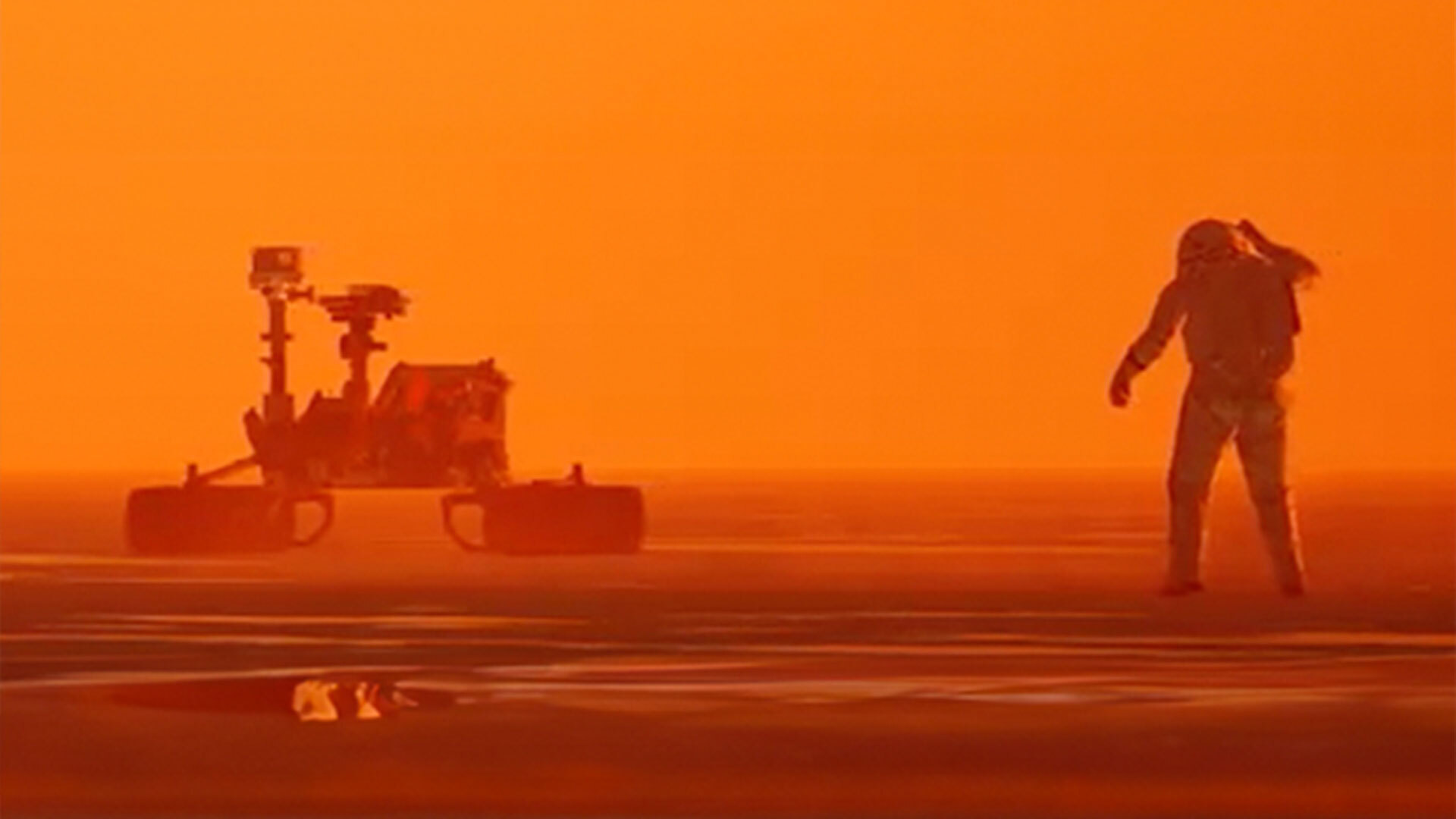
In recent years, the idea of sending humans to Mars has shifted from a science fiction dream to a genuine possibility. But can a manned mission to Mars truly be achieved in the next five years? Let’s explore the possibilities, benefits, risks, and the role that CEEK could play in this monumental endeavor.
Elon Musk has been vocal about his plans for Mars Colonization (I prefer the term space habitation rather than colonization—we should go to be inhabitants, not colonizers) for years. His vision is to first send unmanned missions to Mars to deliver cargo and essential infrastructure, followed by manned missions that will eventually lead to a self-sustaining habitat. SpaceX’s Starship, a fully reusable spacecraft currently in development, is at the heart of this plan. Starship is designed to carry up to 100 people to Mars, with the capability to refuel in space and return to Earth. The idea is to build a city on Mars, not just as a scientific outpost but as a full-fledged, self-sustaining habitat where humans can live and thrive.
Challenges to Achieving Manned Mars Missions
In this ambitious journey, CEEK Skill Sharing will play a crucial role in preparing the workforce needed to make Mars habitation a reality.
CEEK's AI-Powered Skill Sharing can help crowdsource solutions by bringing together global minds to collaborate, simulate, and test ideas in virtual environments. By harnessing innovation from both experts and everyday problem-solvers, we can tackle critical challenges like life-support, radiation protection, and sustainable habitats. Participants earn CEEK tokens for their contributions, fostering a decentralized, collaborative effort. Blockchain-based rewards incentivize innovation, ensuring no potential solution is overlooked in our quest to inhabit Mars.
CEEK Skill Sharing empowers everyone to offer ideas and solutions, which is crucial for solving challenges as monumental as Mars exploration. The story of astronauts working on a costly solution for a pen that would write in space, only to have one of the PA’s suggest the brilliant solution of using a pencil, highlights how diverse perspectives unlock breakthroughs. This is the essence of our skill-sharing model—making complex problems accessible so everyone can contribute unique, impactful and practical solutions.
The benefits and importance of sending humans to Mars cannot be understated.
Once we reach Mars, establishing governance and societal structures will be critical. With no existing frameworks on Mars, settlers will need to create a new system of governance from scratch.
Possible Governance Scenarios:
Challenges and Questions to Ponder:
It remains a distant possibility. The early Mars missions will likely involve small crews of scientists, engineers, and explorers. Mass immigration would require the construction of large-scale infrastructure, sustainable resource production, and affordable transportation between Earth and Mars.
Additionally, the physical and psychological toll of living in such an isolated and harsh environment will deter many people from making the journey. However, as technology advances and conditions on Mars become more livable, it’s possible that more people will choose to make Mars their new home.
As humanity moves closer to becoming a multiplanetary species, there are many ways you can get involved in this incredible journey:
The road to Mars is filled with both immense opportunities and challenges. While Elon Musk’s vision of sending humans to Mars in the next five years is ambitious, it’s not out of the realm of possibility. With advancements in technology, international cooperation, and platforms like CEEK preparing the next generation of space explorers, humanity’s dream of becoming a multiplanetary species is within reach.
Whether you’re interested in space exploration, technological innovation, or simply imagining a new future for humanity, Mars represents a frontier that challenges us to push beyond our limits. The question is: Are we ready to take that leap?

